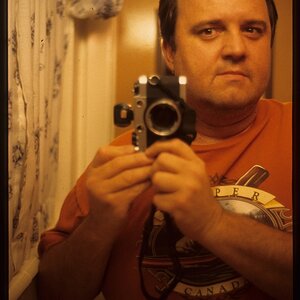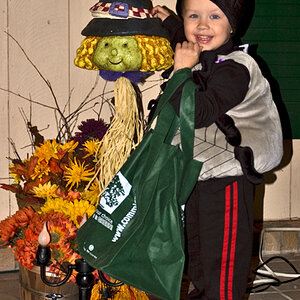ac12
Been spending a lot of time on here!
- Joined
- Dec 5, 2017
- Messages
- 2,637
- Reaction score
- 911
- Location
- SF Bay Area, California, USA
- Can others edit my Photos
- Photos NOT OK to edit
12 fps will help you capture peak action, the AF is so much better and the thing is built like a tank.Thanks for that Ron. Why would the 1Dx be preferred for wildlife?
Thanks for that Ron. Why would the 1Dx be preferred for wildlife?
even better AF geared towards sports, more FPS, bigger buffer, phenomenal low light performance. Fantasic camera but smaller images and an APS-H sensor. My Dad uses a 1DX so I'm reasonably familiar with it.
The 1Dx is a full frame camera not a crop. The crop is the 1D mk IV but it only has 10 fps (this is what I shoot)
High frame rate is a double-edged sword.
It can be too much of a good thing.
At 12 fps, be prepared to edit through a LOT of pics.
On Tues, I shot a high school tennis match at 18 fps, and ended up with about 3,600 frames
After HOURS of culling, I am down to 1,100 frames. But that is still a LONG way above my goal of 200 frames.
I have to rethink how I shoot at high frame rates.
My Nikon D7200 shoots at 6 fps, so the 18 fps of the Olympus, at 3x faster, was a kick in the pants.
I had to slow it down to 9 fps yesterday when I shot water polo.
Give me a 5D IV, 1D mk IV, 1Dx or 1Dx II and I'll shoot about the same number of images at a football game. (Been there and done that). The use of the fps is about how much time there is BETWEEN images.
Example: Use all the above camera's mentioned and take a 3 shot burst (or even 5 shot burst).
The time between images of the 5 fps vs the 12 fps is much longer and it requires more timing and "luck" to get the peak action. STOP: Can it be done? Yes absolutely because we have/had photogs doing it with 3 fps and less.
But there is a big difference.
And old habits die hard.
With the Nikon, I still find myself timing the shot and firing off SINGLE shots.
But after the tennis match, at 18 fps, I think timing and my finger has met it's match.
But even at 18 fps, that racket moves a lot in that 1/18 of a second.
I plan to go to a faster frame rate when I shoot the 1st and 2nd singles on Thur. Then back down to 18 for the other players.










![[No title]](/data/xfmg/thumbnail/41/41889-81d59d4994c91e71aaf805b05b133966.jpg?1619739933)


